It's the 11th time the NFL's ultimate event is landing in Louisiana
There is always, locals say, something going on in New Orleans. This weekend, it’s the Super Bowl. For the 11th time, the Big Easy will play host to the Big Game, adding another chapter in a long legacy of on-field drama and off-field debauchery.
New Orleans hosted its first Super Bowl on Jan. 11, 1970: Super Bowl IV, featuring the Kansas City Chiefs and the Minnesota Vikings. The Super Bowl was a new invention at the time, a true crossover event between the dueling American Football League and National Football Leagues. The two leagues – which would merge into what is now the modern NFL the following season – had a few criteria for the game: it had to be played somewhere warm, and it had to seat a lot of fans. For the 1970 championship, Miami’s Orange Bowl, host of the previous two years, was a strong contender, but it had just hosted back-to-back championships, and there was room for a newcomer to slide in. New Orleans mayor Victor H. Schiro won the leagues over with a delegation that included Times-Picayune editor George Healy and legendary Dixieland Jazz trumpeter Al Hirt, who proposed the city’s Tulane Stadium (sometimes known as the “Sugar Bowl”) as an alternative. At the time, Tulane Stadium was one of the biggest in the country, capable of seating over 80,000 fans, and the city around it was well prepared to host huge events, with the infamous Mardi Gras already drawing tourists in from around the world. The 1970s in particular were a wild time for New Orleans, as the traditional celebration started to merge with the free-love party era, contributing to massive, raucous crowds filling Bourbon Street.
These days, local historian Edward Brantley tells Rolling Stone, the Super Bowl hits New Orleans “like a tornado,” filling the pockets of everyone from taxi drivers to audio/ visual techs as a horde of players, fans, press and promoters descend on the city. The past seven games have been hosted in the city’s Superdome, which finished construction in 1975 and brought the heart of the Big Easy’s sports culture right into the central downtown business district. Brantley says the city’s remarkable density of hotels makes the city an easy sell to the NFL and associated broadcast networks. The Hyatt Regency, for instance, sits right over the Superdome, presenting the league with a funny wrinkle: they can’t put up one of the teams there, because it would give them an unfair advantage of being much closer to the stadium than their opponents. Instead, the Hyatt becomes ground zero for the media frenzy: broadcast networks will set up shop on an upper floor with picture windows overlooking the dome, and print journalists will book out lower floors.
Editor’s picks
No matter who’s in town, though, Brantley says the Big Easy will find a way to make it about themselves. In 2019, for instance, the New Orleans Saints lost to the L.A. Rams in the NFC Championship game, in part thanks to a highly controversial missed pass interference call that went against them late in the game. Tina Howell, a local sports reporter and the editor in chief of the Saints fan blog Canal Street Chronicles, says that the city rose up and declared Super Bowl Sunday to be the “Boycott Bowl.” Instead of showing the big game, bars and restaurants around the city put on a replay of Super Bowl XLIV, where the Saints blew out the Indianapolis Colts 31 to 17. An impromptu parade sprang up, featuring revellers dressed as blind referees and voodoo dolls with the NFL logo on them. A concert featuring local acts like Big Freedia and Choppa raised $57,000 for a local charity. Brantley remembers bars putting up “DO NOT SERVE” printouts with NFL Commissioner Roger Goodell’s face on them. “We were there to celebrate our team and what we’d accomplished that year,” Howell said. “It wasn’t a sad celebration.” It may have been, however, just a little bit petty — thanks in part to the protest, the Super Bowl itself, featuring the Rams, was one of the lowest-rated in NFL history.
In other years, though, NOLA has hosted some absolute barn burners, including Brett Favre’s dominant win for the Green Bay Packers in Super Bowl XXXI (he threw for 246 yards, two touchdowns, and ran in another score for good measure); the Pittsburgh Steelers’ blitzkrieg 66-yard drive, led by quarterback Terry Bradshaw, which secured the win in the team’s first appearance in Super Bowl IX in 1975; and 49ers legend Joe Montana’s dominance of the Denver Broncos in 1990’s Super Bowl XXIV. In recent years, there’s been even more hijinks: the 2013 “HarbaughBowl,” between brothers John and Jim Harbaugh coaching the Baltimore Ravens and San Francisco 49ers, respectively, saw a controversial power outage early in the third quarter. Conspiracy theorists say the extended break in action — the game was stopped for 34 minutes — contributed to the Niners almost-game-winning rally from a 28-6 deficit. The Ravens won, but fans are still in the dark about what happened. Locals, however, have no doubt: Entergy, the local power utility, screwed something up. “You know the Captain Picard facepalm meme?” Brantley says, laughing. “If you talk about the power outage, any local will just give you that and mutter ‘Entergy.’”
Related Content
The city’s geography also contributes to the exuberant nature of the celebration. The modern Super Bowl goes down walking distance from New Orleans’ famous French Quarter, and the bars and restaurants will be packed. In the wild days of the late 1980s and 1990s, Brantley says, bars along Bourbon Street would pay strippers to show off their goods on the long gallery balconies lining the road, and host ceremonial light pole-greasings to stop revelers climbing them.
This year, the city has to deal with notoriously rowdy Eagles fans, who are famous not only for climbing light posts and starting borderline riots when their team wins or loses. But Brantley says his city is more than prepared for that. Many of the city’s historic light poles and columns in the French Quarter are already equipped with “Romeo Catchers,” or rings of curving spikes that deter lovers (or in this case, Birds fans) from climbing them.
“People always say they come here and they take a piece of the city with them when they leave,” Howell says. With Philly fans in town, that just might be literal: the Big Easy might have to count their Romeo catchers when big game crowds go home.

 2 hours ago
2
2 hours ago
2

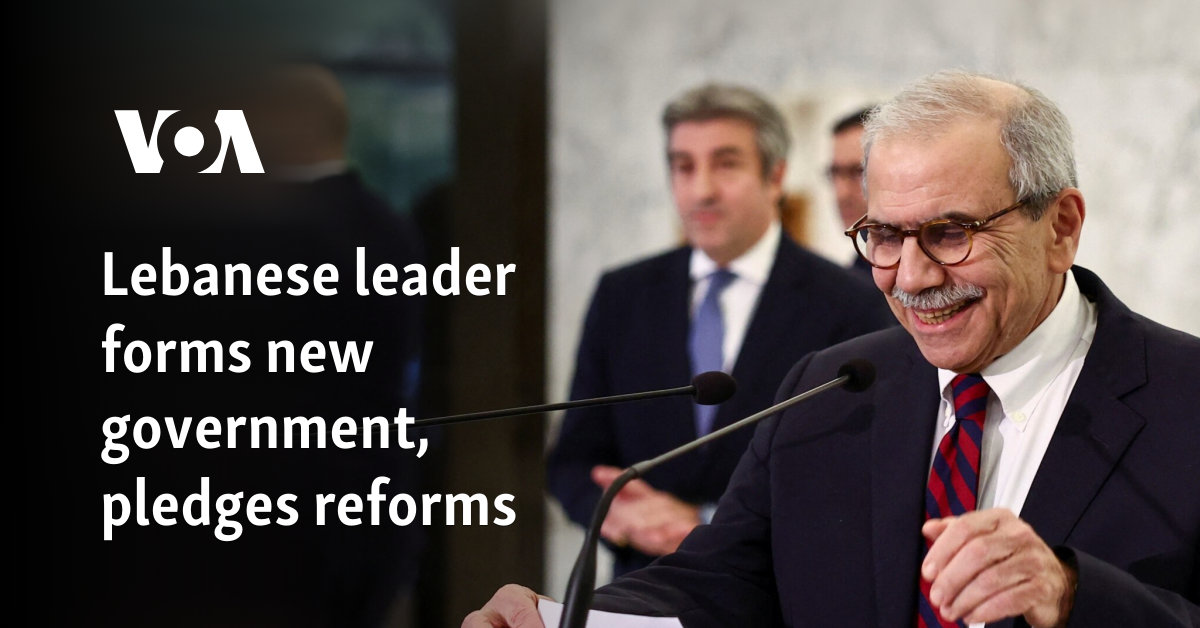


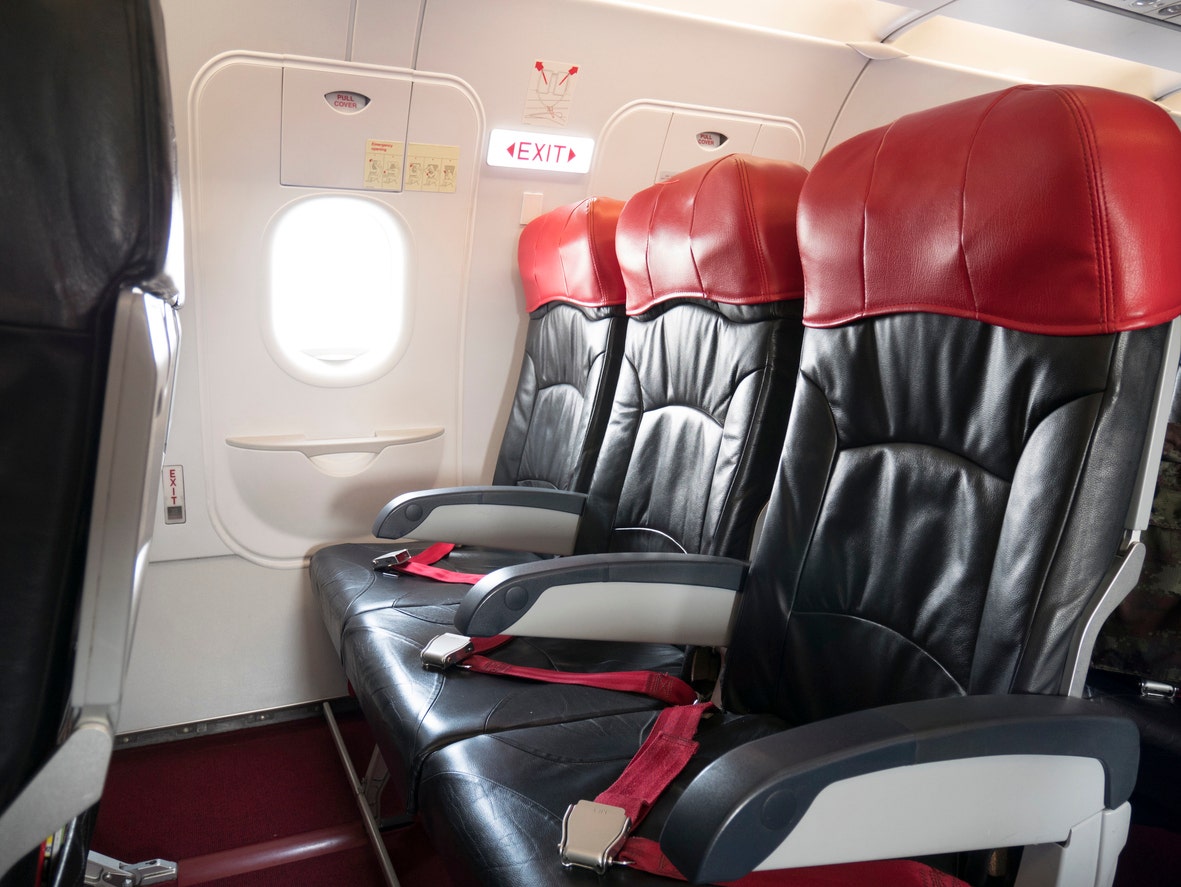

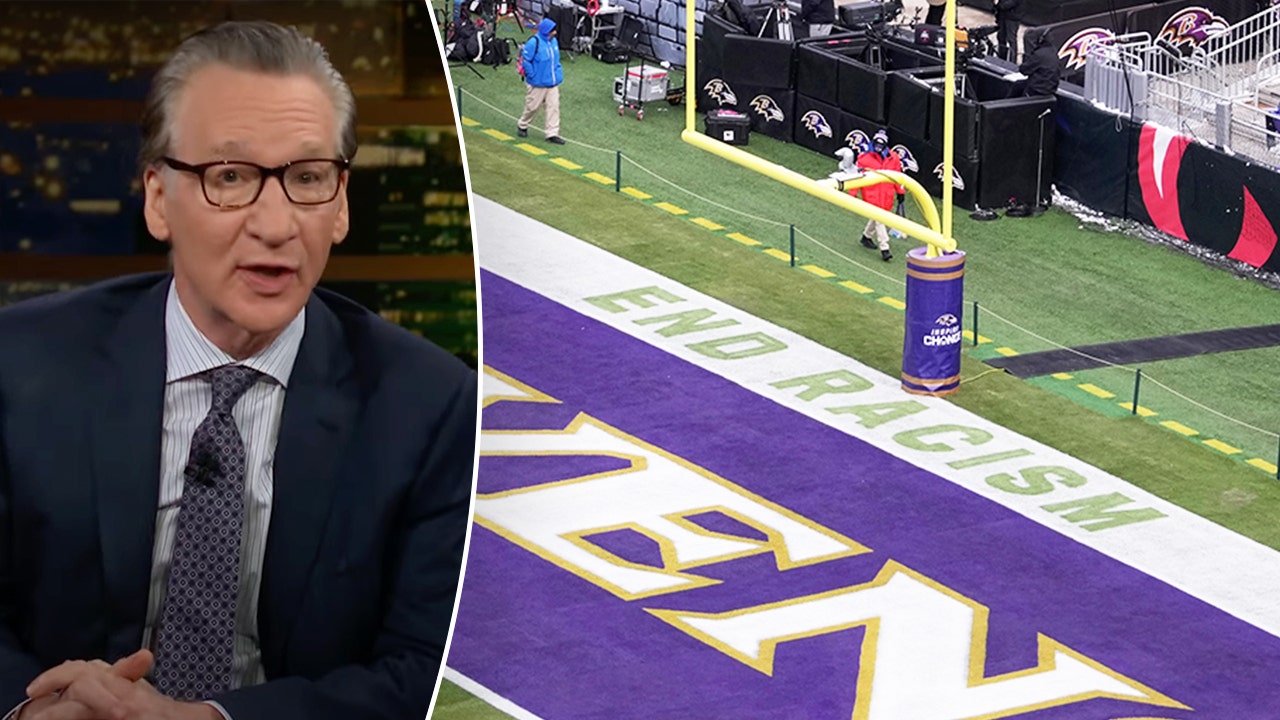

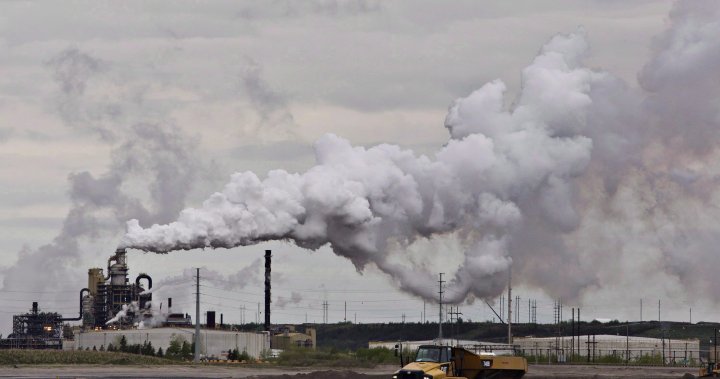
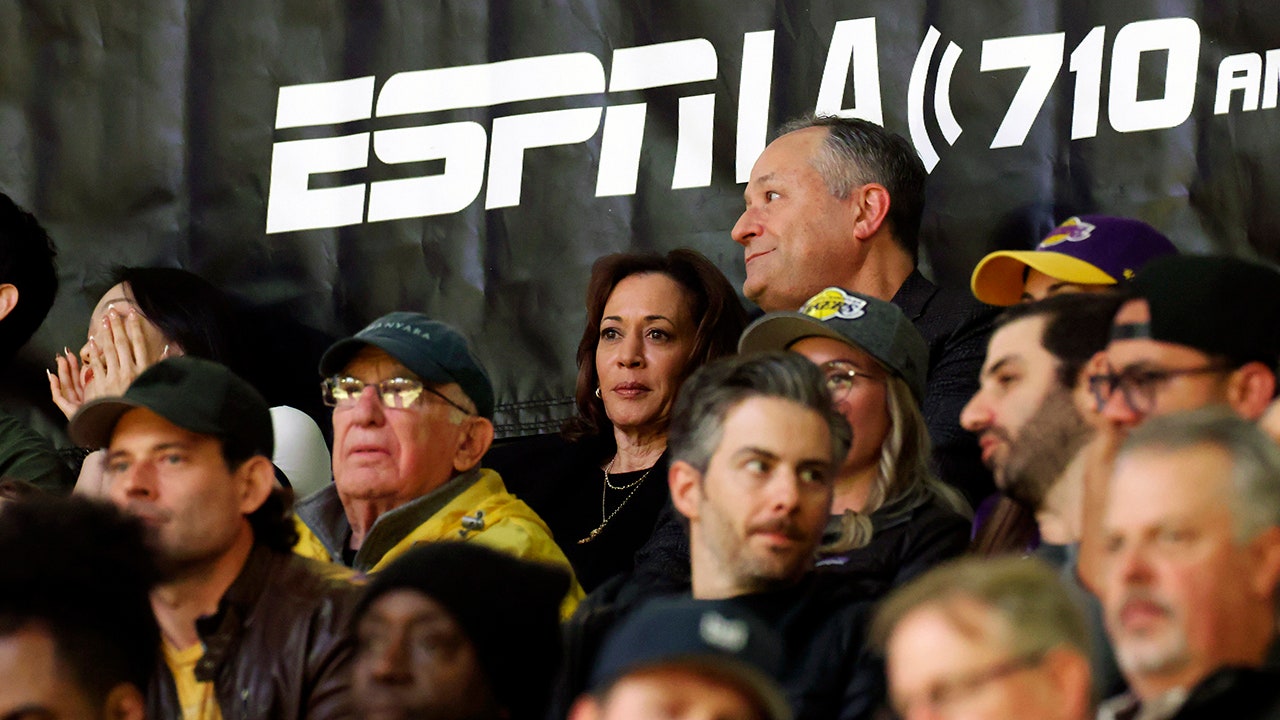
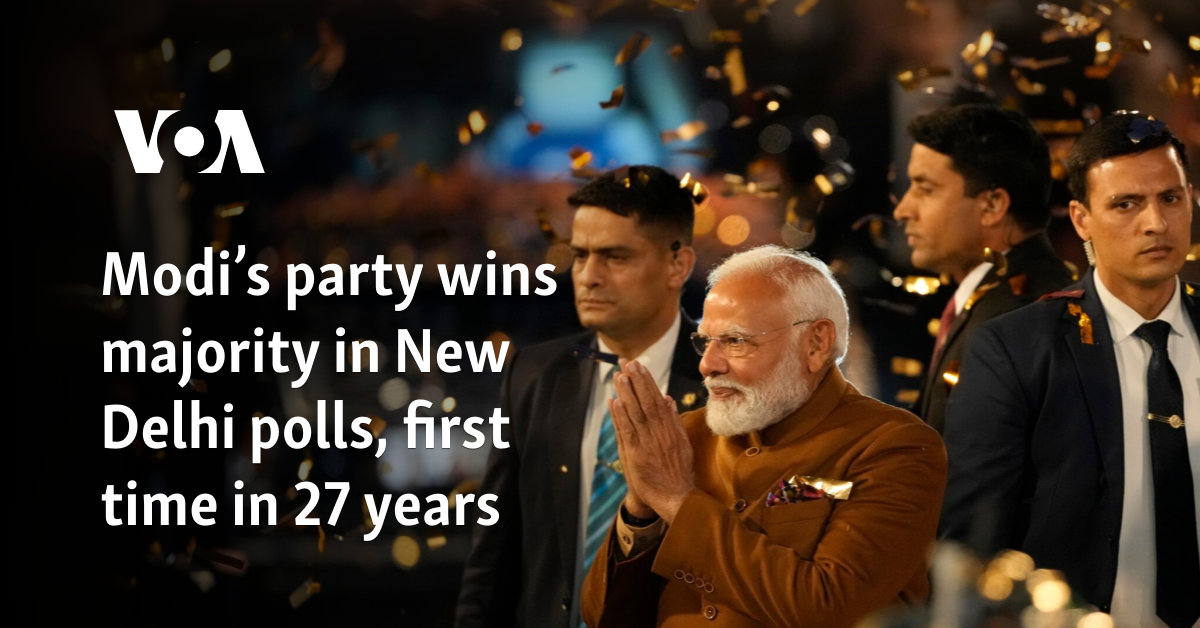





.png)

.png)
.png)
.png)









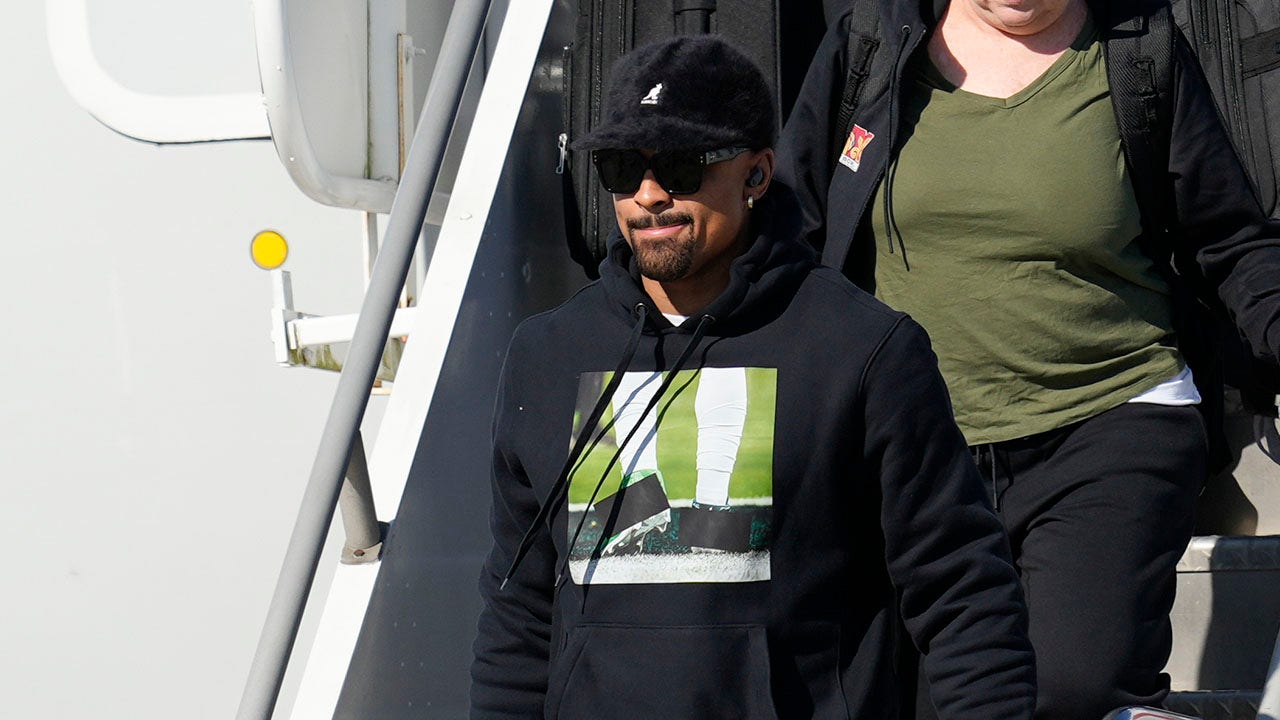

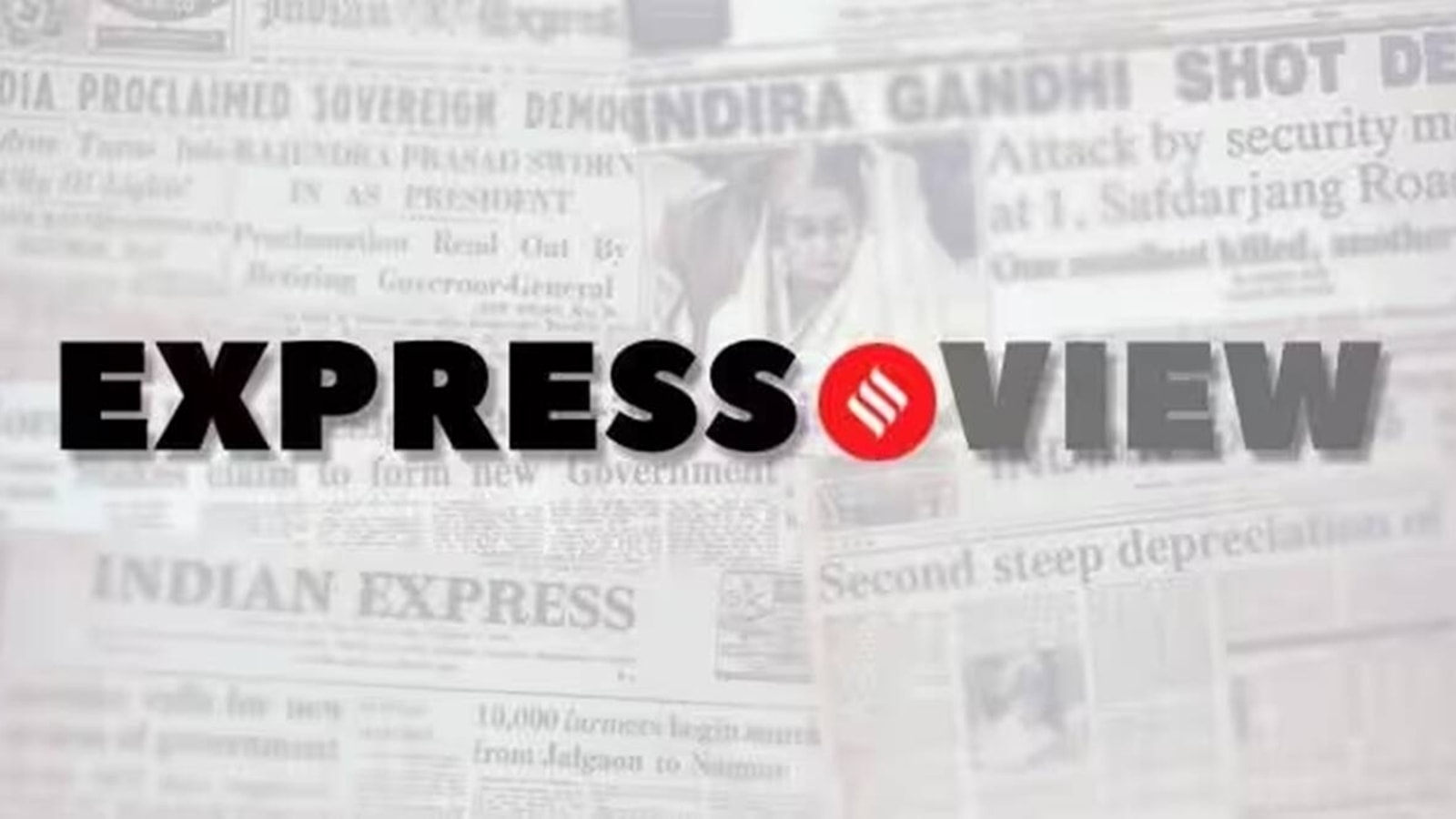

 English (US) ·
English (US) ·  Hindi (IN) ·
Hindi (IN) ·